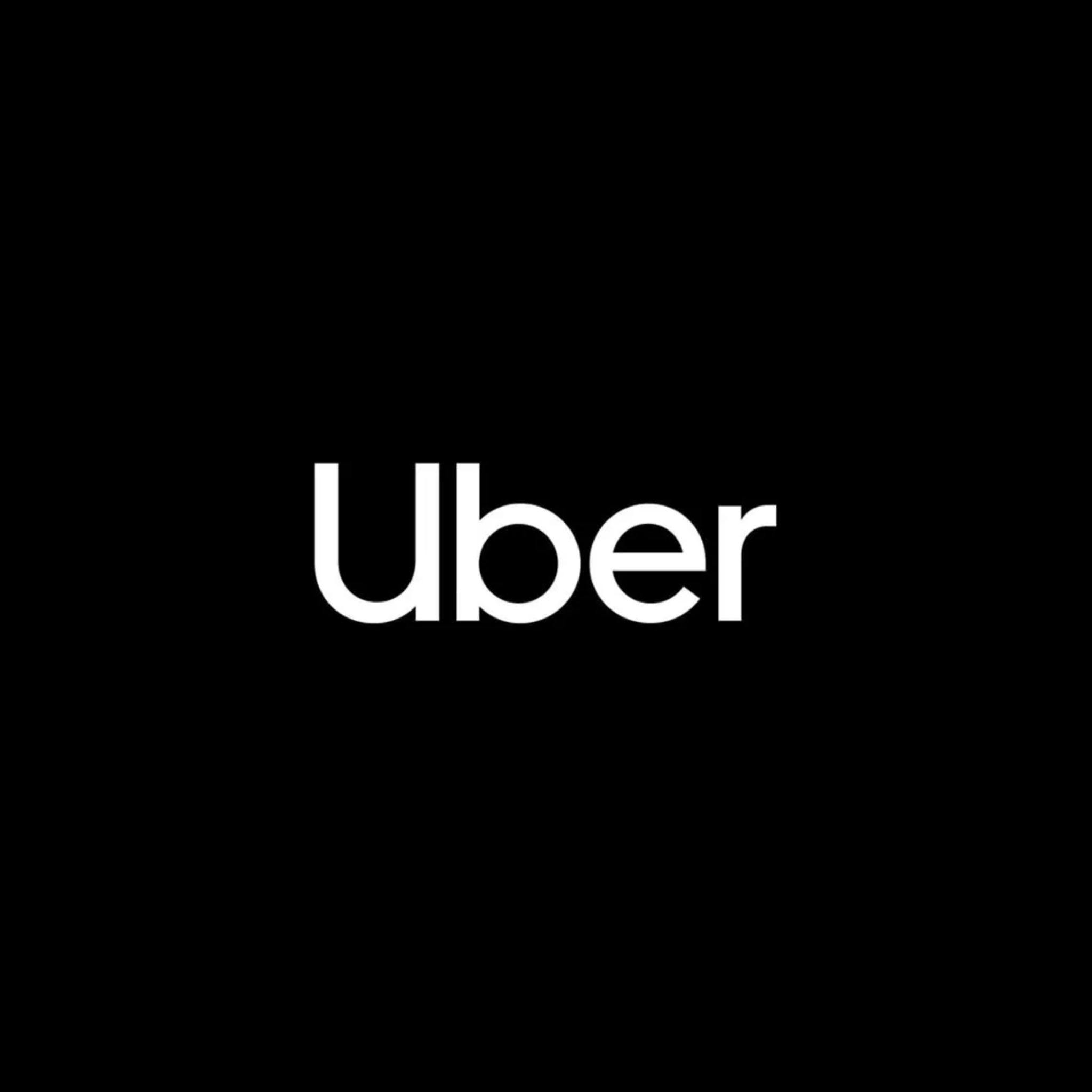
When you start thinking about making money from your app, there's one brutal truth you'll face immediately: Apple and Google are going to want their piece of the pie. We're not talking about a tiny slice either — these platforms can claim as much as 30% of your in-app purchase revenue. Sure, smaller developers earning less than $1 million annually get a break with a 15% rate, but if you're building something with real growth potential, hitting that million-dollar mark is just your first milestone.
But here's the silver lining: You don't have to accept these fees as an unchangeable fact. There are legitimate strategies to minimize or even sidestep them entirely. This guide breaks down the current landscape as of May 2025 and shares what every app founder should understand before making crucial monetization decisions.
BREAKING: Game-Changing U.S. Court Decision
On April 30, 2025, American courts delivered a crushing blow to Apple's restrictive practices. A federal judge determined that Apple had been ignoring a 2021 court order by preventing developers from directing users toward alternative payment methods. The outcome? Apple must now permit external payment links without intimidation tactics or their sneaky 27% substitute fee.
This landmark "anti-steering" verdict doesn't require Apple to integrate third-party payment processors directly into apps, but it creates a significant opportunity for U.S. developers. You can now legitimately guide users to external payment options (like your own website) without violating App Store guidelines.
This represents the first major victory against Apple's payment monopoly. While currently limited to the United States, it demonstrates that Apple's stranglehold on app monetization is beginning to crack… suggesting broader changes could be on the horizon.
👉 Check out RevenueCat's comprehensive analysis of this ruling
Understanding the Current Platform Landscape
While Apple and Google continue updating their policies, the fundamental challenge hasn't changed: They own the playground and demand their cut of everything that happens there. Growing regulatory pressure, especially from European authorities, is forcing these tech behemoths to make concessions, but only when absolutely necessary.
Apple's response to the EU's Digital Markets Act (2024) now permits developers to distribute applications outside the official App Store within European borders and implement alternative payment solutions. Even so, Apple maintains reduced commissions ranging from 10% to 17%, depending on which payment method you choose. Importantly, this flexibility disappears once you leave EU territory.
Google takes a somewhat more accommodating stance with their User Choice Billing initiative. Developers can offer their own payment options alongside Google's system, though they still collect reduced fees of 11% or 26%. While Google permits app sideloading on Android devices, this approach isn't viable for mass market success since most consumers stick with official app stores.
Exploring Available Workarounds
Apple does provide certain exceptions to their standard rules, but don't mistake this for generosity. These accommodations exist purely because of legal pressure and regulatory demands. Reader applications like Netflix and Spotify can now include links to external registration pages thanks to intervention from Japan's Fair Trade Commission. Similarly, legislation in South Korea and the Netherlands has compelled Apple to accept external payments for dating applications, though Apple still collects a slightly reduced commission (27% and 26% respectively).
The lesson here? Apple's seemingly unbreakable policies are starting to show cracks, but only when external forces apply sufficient pressure. For developers in other regions, Apple's restrictive framework remains completely intact.
With the recent U.S. anti-steering decision, it's becoming clear this isn't just a European or niche market issue anymore. Global pressure is intensifying, and Apple's control over app monetization is gradually weakening.

Implementing Dual Revenue Strategies
One of the smartest approaches for reducing platform fees involves creating a dual revenue model. This strategy blends traditional in-app purchases with external payment systems to boost total revenue while cutting commission costs. The concept is straightforward: Provide in-app purchasing for users who value convenience, while also establishing a web-based payment option for your most dedicated users, those willing to take additional steps to support your app while helping you avoid excessive fees.
Why choose a dual approach? When your user community is engaged and willing to navigate that extra step, the financial benefits are substantial. Directing users to external payment methods means you completely avoid the 30% cut that Apple or Google would otherwise take. However, smart execution is critical. While this strategy can significantly boost your bottom line, you might sacrifice some of the organic growth that comes from App Store visibility.
Here's a practical example of how this works.
Imagine you're building a fitness app with an extremely loyal user base willing to pay $15 monthly for premium features. Converting just 5% of your 100,000 users generates $75,000 in monthly revenue. However, if you're stuck with Apple's in-app purchase system, you're surrendering $25,000 every month in platform fees.
This is where the dual model becomes powerful. You maintain in-app purchases for convenience while encouraging your biggest supporters to subscribe through your website. They register, pay externally, then access the app, completely bypassing that 30% fee.
Here's the risk: When users download your app, encounter a paywall with unclear payment options, and immediately leave, you've lost them forever. This is why the dual approach demands thoughtful strategy and clear communication. Execute it properly, and it can revolutionize your revenue stream. Get it wrong, and you'll lose potential customers before they even experience what you've created.
Alternative Distribution: Is It Worth the Effort?
If you want to completely eliminate Apple and Google's fees, alternative distribution channels might look attractive, but they come with significant drawbacks. Sideloading applications or distributing them outside official app stores can help you avoid platform fees, but success comes at a price.
Google's sideloading capabilities and User Choice Billing program offer developers some flexibility. However, the truth is that most consumers won't go through complicated processes to download an app. While Apple's EU Digital Markets Act compliance provides an alternative to App Store fees, it only applies within European borders. If you're targeting a global audience, this approach won't work.
A dual revenue model often represents the most practical solution for reducing excessive fees without sacrificing market reach. By offering users both seamless in-app payment experiences and external payment alternatives, founders can lower commission costs while maintaining App Store visibility benefits. Success depends on understanding your audience and accurately assessing their willingness to follow your preferred payment workflow.
Choosing Your Optimal Strategy
Everything ultimately depends on understanding your user base and selecting the right approach. If your customers are dedicated enough to navigate a few extra steps to avoid App Store payments, directing them to web-based payment systems can generate massive savings. But if your growth depends heavily on organic App Store traffic, you'll need to proceed cautiously.
Apple's regulations remain inflexible outside the EU, and Google's flexibility has its own constraints. The key takeaway? Stay informed. Stay adaptable. And whenever possible, maintain control over your revenue streams.
Look out for our upcoming article on optimizing cloud infrastructure expenses — another significant cost that app founders cannot afford to ignore.




